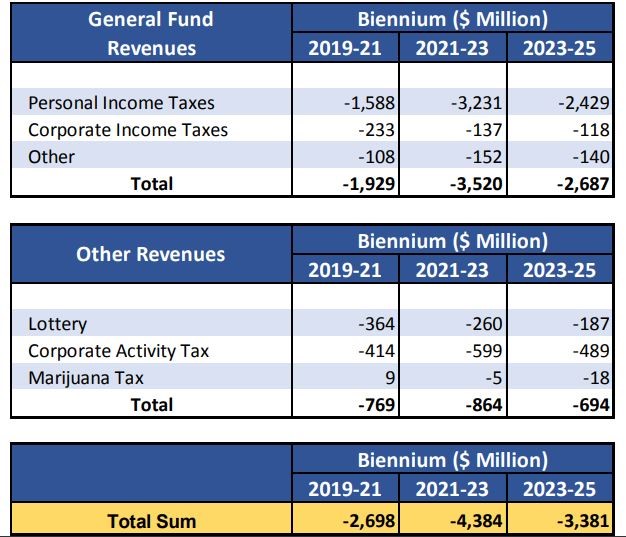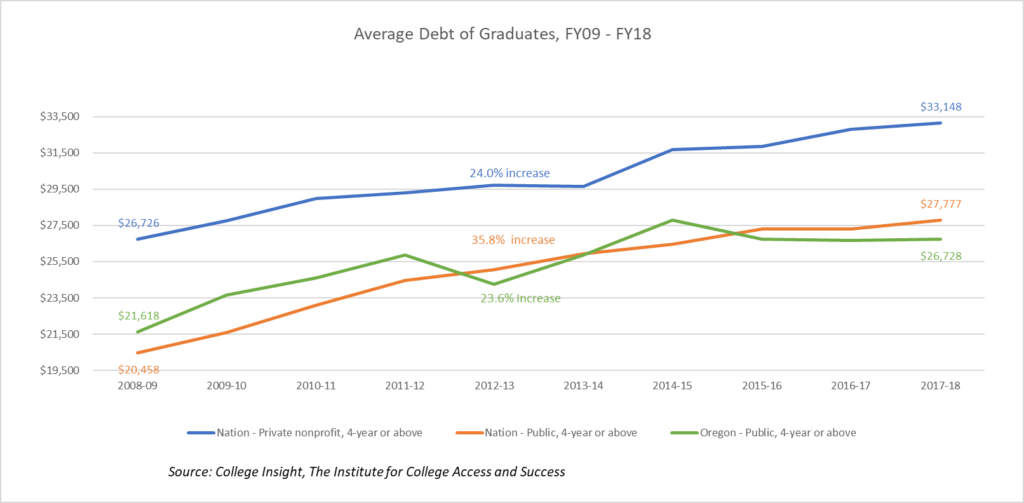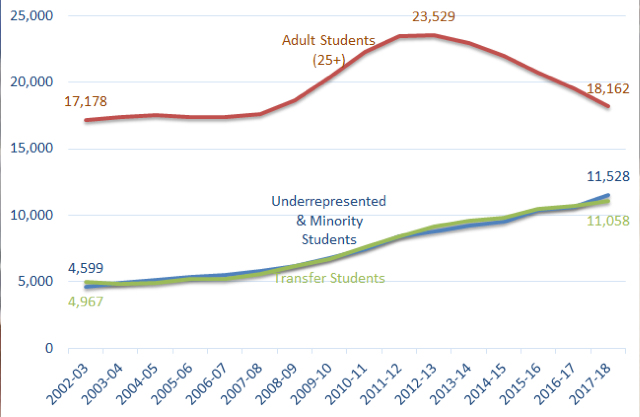Over the past three months, all of our lives have been impacted in unimaginable ways. The OSU Government Relations team hopes this update finds you and your family healthy and safe.
Since mid-March, OSU has been operating under the Governor’s Higher Education and Stay Home Executive Orders. Our spring term courses moved to remote delivery. This took extraordinary efforts by OSU’s faculty, graduate teaching assistants, advisors and staff to make this switch in just a two-week span. Over 4,000 courses have moved to remote delivery.
However, students’ lives, like many Oregonians, have been disrupted, resulting in unexpected financial needs. In response, the OSU Board of Trustees voted to freeze tuition for currently enrolled student for the summer term and the 2020-21 school year. Additionally, a combination of federal CARES Act dollars and OSU Foundation funds will provide immediate resources for OSU students who are facing new and overwhelming challenges due to the pandemic, including the security of their basic needs.
OSU’s finances have also been hit by the impacts of COVID-19. The largest impact has been to auxiliary units, especially University Housing and Dining Services, where spring term residency is down to about 600 students from a capacity of more than 5,000. Total COVID-19 related revenue losses to OSU will exceed $38 million in FY20.
The long-term financial implications remain uncertain and will be determined by a complexity of factors, but will largely depend on actions of federal and state lawmakers regarding emergency financial relief, as well as annual investment in higher education.
May Revenue Forecast
On Wednesday, May 20 the Office of Economic Analysis virtually briefed lawmakers on the June 2020 revenue forecast. This was Oregon’s first opportunity to capture the impact of COVID-19 on Oregon’s economy.
The forecast is based on the key assumptions that social distancing policies will gradually lift this summer, and that the health crisis wanes by end of 2021 due to some available treatment or vaccine.
In the most likely scenario, General Fund and other major revenues have been reduced relative to the March forecast by $2.7 billion in the current biennium (over -8.5%) and $4.4 billion in the 2021-23 biennium.

In the short term, economists predict that more than one third of lost jobs will return as the social distancing restrictions are relaxed, but beyond that the rebound is likely to stall. Revenue growth in Oregon and other states will face considerable downward pressure as general fund revenues will not likely return to 2019-21 levels until the 2023-25 biennium.
Lottery revenues have taken a significant hit. The mid-March closure of restaurants and bars stopped use of video lottery terminals at retailers statewide, resulting in essentially no sales for a seven or eight week time period. Lottery revenues are predicted to be considerably lower in both the 2019-21 and 2021-23 biennia due to social distancing and the recession. Available resources in 2019-21 are lowered $364 million (-23%) and by $260 million (-16%) in 2021-23.
The Governor’s and Legislature’s Next Steps
While the revenue forecast from this week are grave, the State is better positioned than during the Great Recession to weather a revenue downturn. The state currently administers two general reserve accounts, the Oregon Rainy Day Fund (ORDF) and the Education Stability Fund (ESF). Combined, the two funds total $1.75 billion in potential relief. These reserves, combined with the release of the federal CARES dollars and the potential for additional state assistance from the federal government makes a $2.7 billion short-term reduction in revenue feel manageable.
Prior to the revenue forecast, Governor Brown requested agencies submit an 8.5% cut scenario for the 19-21 biennium. With this forecast, it appears hopeful that legislative leadership and Governor Brown will be able to craft a reasonable rebalance agreement, and that the Governor will convene a special session sometime in late June/ early July.
However, the long-term prognosis for the 2021-23 biennium will be much more difficult.
Students & Public Universities Are Not Positioned to Take the Same State Cuts as Seen During The Great Recession
Historically during times of economic downturn, Oregon’s universities have been called upon to serve more students with fewer resources. The result: increasing tuition and surging student debt. The model of the past will not work today. The face of our state and student population has changed dramatically since the last economic downturn of 2008. Students are more diverse, have fewer resources, and face different challenges. Increasing tuition and expanding student debt are not an option.
The following graphs and charts illustrate the current state of higher education funding and demographics in Oregon.
The state share of funding for public universities has not yet recovered to pre-Recession levels:

Students have picked up this disinvestment through tuition and fees, which they have taken on more debt to support:

At the same time, Oregon students in public universities have become more diverse, and more representative of vulnerable populations:

Federal Action for Relief and Recovery:
Since March 13 when the White House declared a national emergency in response to the COVID-19 pandemic, the federal government has enacted a series of bi-partisan emergency relief bills, including a $3 trillion package, the Coronavirus Aid, Relief, and Economic Security (CARES) Act, which provided $15.5M in direct funding to OSU. These funds were split equally between $7.7M in emergency relief for OSU students and $7.7M to the institution to support financial impacts from the COVID-19 disruption on instruction. OSU has distributed all of the CARES Act federal emergency grant funding to more than 3,600 OSU students with an average grant of $2,130 to help cover additional expenses from the disruption.
Congress and the White House have expressed intent that additional federal relief is needed and will be provided, but there is no consensus yet on what a forthcoming relief package will include or the timeline. On March 15, the House majority advanced a comprehensive package by party-line vote, H.R. 6800, the Health and Economic Recovery Omnibus Emergency Solutions (HEROES) Act. Of note, the HEROES Act proposes $500B in state relief and $27B additional relief to help stabilize higher education. The HEROES Act will not be taken up in full by the Senate, but it sets a marker for priorities that the House majority will pursue in an eventual package. The Senate will likely begin its work on a next federal package after the chamber returns the week of June 1 from the Memorial Day recess. While the timeline is uncertain, Congress is likely to try to complete the next COVID-19 relief package prior to the July 4th recess period. In addition to further federal relief funding, the federal government is also likely to consider targeted investment to help spur and support economic recovery, but the timing and nature of an economic stimulus package is still uncertain.
Federal Annual Appropriations
While Congress’ attention and efforts are largely focused on COVID-19 supplemental relief, appropriators are continuing to work on federal fiscal year 2021 spending bills. The FY21 annual spending bills will likely begin to take shape after Congress completes the next COVID-19 federal supplemental relief package, with expectations that annual spending bills will be marked-up in committee over the summer. While there are no rules to limit Congress’ committing funds for COVID-19 relief or recovery, Congress is bound by law to an annual spending level for FFY 2021 that is about level to current year funding. The tight spending level limits for annual appropriations bills gives Congress little budgetary room for making new annual program investments without imposing cuts to currently funded programs. For investment critical to OSU’s core education, research, and extension missions, we are working to protect current levels of federal investment, while still pursuing high priority new investments.